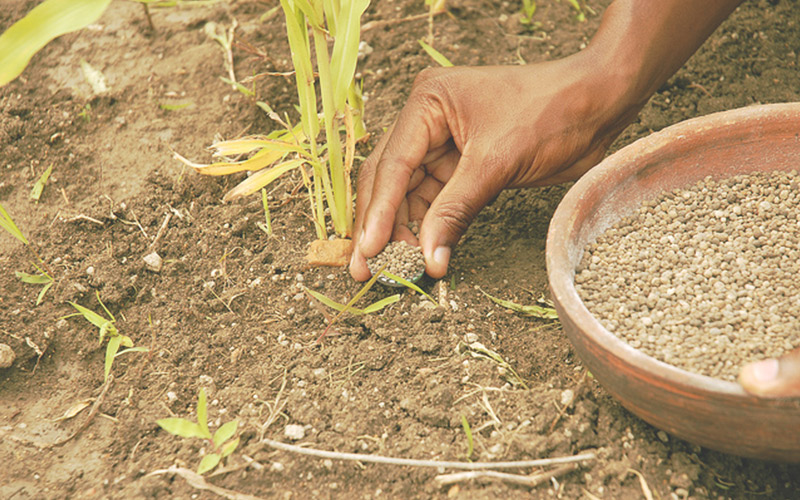International Fertilizer Industry Association
4Rs of Nutrient Stewardship
Global
Fertilizer plays a critical role in maximizing crop yields, to satisfy increasing global demands for food. By helping farmers grow more on less land, it is also key to reducing deforestation and its associated greenhouse gas emissions – a major contributor to climate change.
The global fertilizer industry has come together to develop a system of stewardship to help farmers use fertilizer in the most efficient way possible. It is called “4R Nutrient Stewardship” and is based on four simple concepts: using the right source (or product), at the right rate, at the right time and in the right place.
Approaches that follow this framework are called “Fertilizer Best Management Practices” (FMBPs) and are based on scientific principles and applied research. Methods such as soil testing, application timing and the use of slow- and controlled-release fertilizers are all examples of how to put the 4Rs into practice.
The 4Rs help farmers to increase their economic outcomes, as they will spend less on fertilizer whilst managing to grow more, since the right fertilizer will maximise nutrient uptake and help the plant grow stronger. At the same time, less fertilizer will be lost to the environment, thus minimising both greenhouse gas emissions related to fertilizer use, and impact on the environment as a whole.
The application of FBMPs may differ widely depending on the region and socioeconomic context, however this system can apply to all farms across the globe, from the biggest to the smallest.
In Mozambique, for example, AGRA is helping farmers of the Zamo Ramambo farmer organisation test the fertilizer application processes that will yield the most maize. A precise dose of NPK fertilizer, measured in a cola lid and applied directly to the root is having the most beneficial impact, particularly when accompanied by lime which reduces soil acidity.




